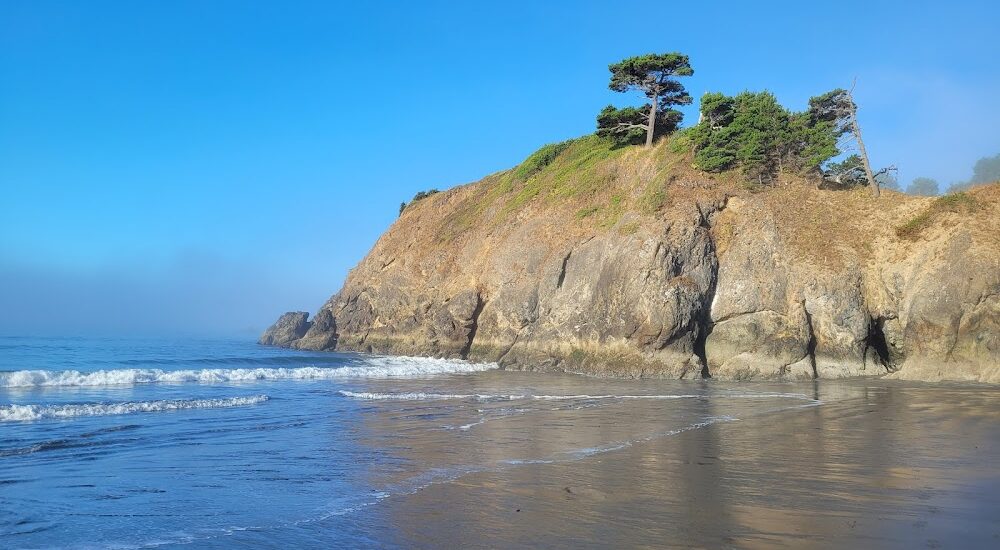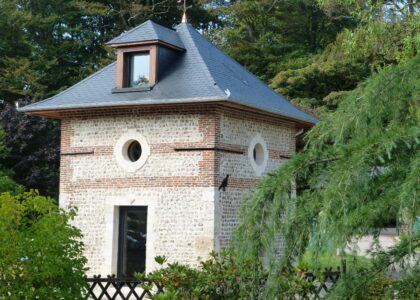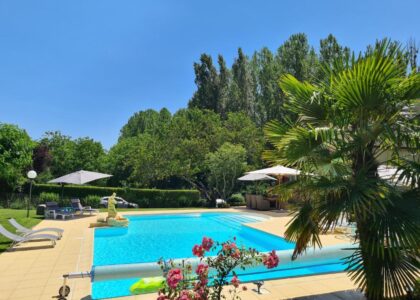Welcome to Battle Rock Wayside Park in Port Orford, Oregon, a site steeped in history and natural beauty. As you stand here, you’re on the very ground where a dramatic chapter of the Pacific Northwest unfolded. This park is named after a prominent rocky outcrop known as Battle Rock, a place of historical significance dating back to the mid-19th century.
In June 1851, Captain William Tichenor arrived with a group of settlers aiming to establish the town of Port Orford. However, they were met with resistance from the indigenous Tututni tribe, leading to a tense standoff on the very rock in front of you. The settlers, numbering just nine, were besieged for two weeks. Ultimately, they managed a daring nighttime escape, hiking 70 miles to safety at Umpqua City.
This encounter was a precursor to the larger conflict known as the Rogue River Wars, which spanned from 1855 to 1856. During this time, Native American tribes in the region were forcibly removed to reservations, marking a painful chapter in their history.
Over the years, Battle Rock has witnessed both the struggles and resilience of the people who have called this area home. It stands as a testament to the complex and often tragic interactions between Native American tribes and European settlers.
In the broader context, Port Orford itself became the oldest town on the Oregon Coast, officially established in 1856. It served as a pivotal location during the Rogue River Wars, acting as a transit point for the relocation of Native Americans.
Today, Battle Rock Wayside Park offers a moment of reflection on these historical events, surrounded by the stunning backdrop of the Pacific Ocean. It’s a place where the past speaks to us, urging visitors to remember and honor those who came before.
As you explore the park, imagine the lives of both the settlers and the indigenous people, their stories echoing in the crashing waves and the whispers of the wind. Battle Rock Wayside Park is not just a scenic stop; it’s a portal to Oregon’s rich and layered history.





